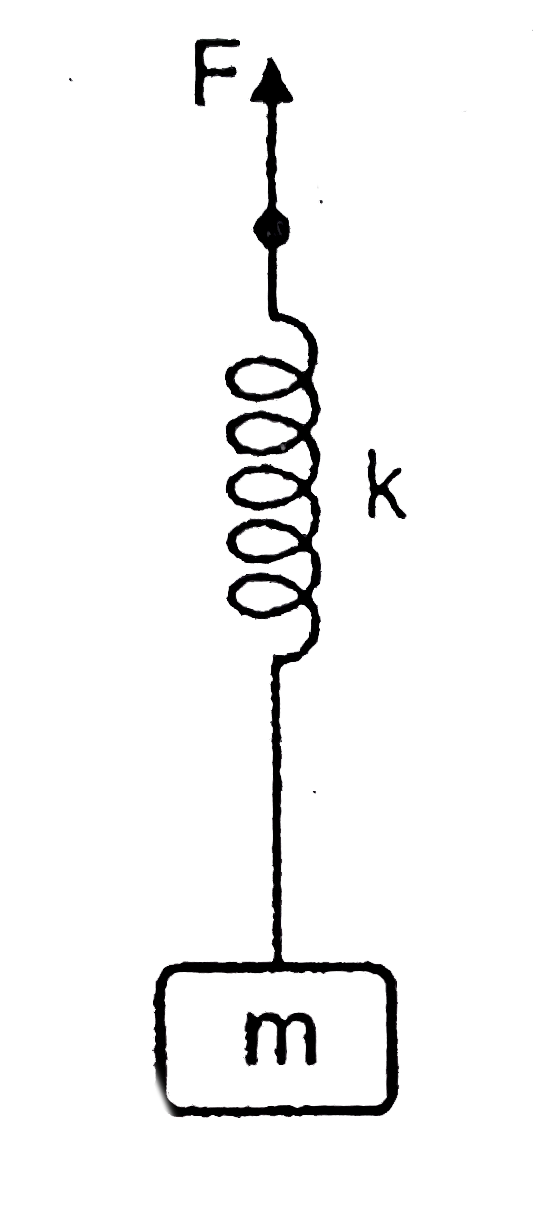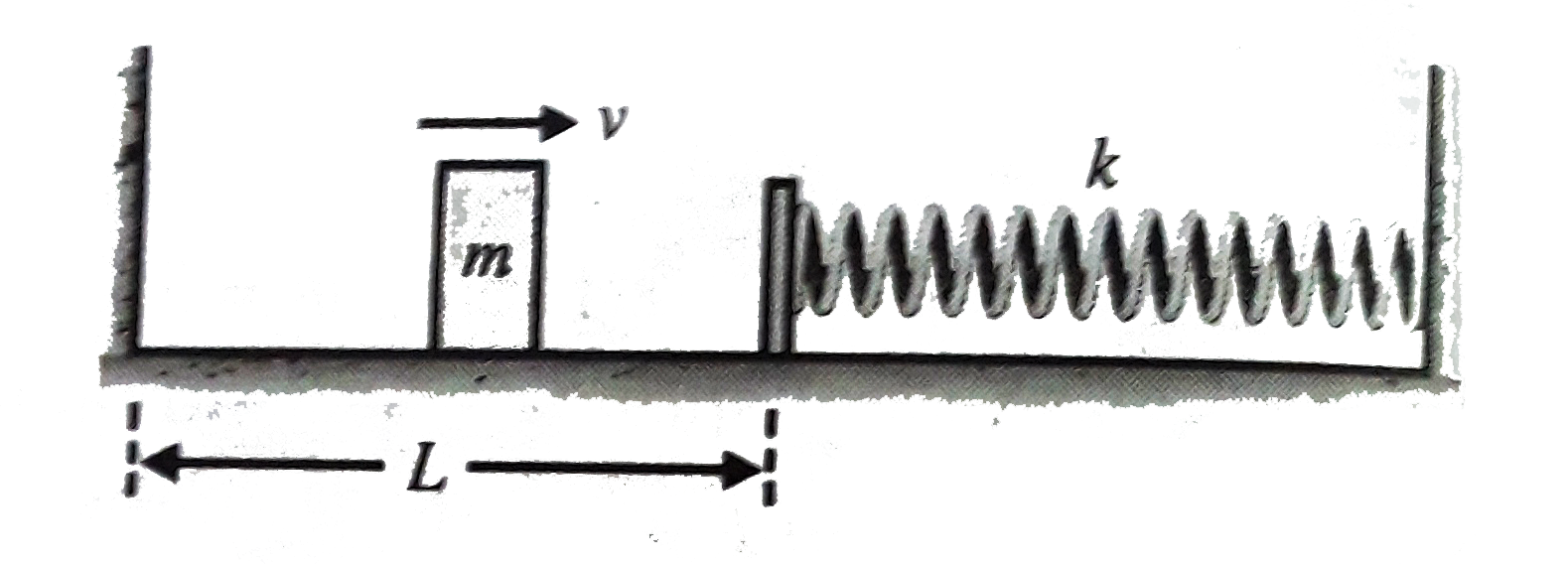At the time of heavy rain, minerals in upper layers of the soil move downward by a process known as:
weathering
leaching
erosion
smearing
The correct Answer is:B
To solve the question regarding the movement of minerals in the soil during heavy rain, we can follow these steps:
1. Understand the Question: The question asks about the process by which minerals in the upper layers of soil move downward during heavy rain.
2. Identify the Options: The options provided typically include terms related to soil and water movement, such as leaching, weathering, erosion, and smearing.
3. Define Leaching: Leaching is the process where soluble substances (like minerals) are washed out from the soil due to the action of percolating water, particularly rainwater. This process allows minerals to move from the upper layers of the soil to deeper layers.
4. Differentiate from Other Processes:
- Weathering: This refers to the breaking down of rocks and minerals at the Earth's surface but does not specifically involve the downward movement of minerals due to water.
- Erosion: This involves the removal of soil and rock from one location to another, often by wind or water, but does not specifically refer to the downward movement of minerals in soil.
- Smearing: This term is not commonly used in the context of soil mineral movement and is incorrect in this context.
5. Conclude the Correct Answer: Based on the definition and the differentiation from other processes, the correct answer to the question is leaching.
Final Answer:
The process by which minerals in the upper layers of the soil move downward during heavy rain is known as leaching.
---
- Weathering: This refers to the breaking down of rocks and minerals at the Earth's surface but does not specifically involve the downward movement of minerals due to water.
- Erosion: This involves the removal of soil and rock from one location to another, often by wind or water, but does not specifically refer to the downward movement of minerals in soil.
- Smearing: This term is not commonly used in the context of soil mineral movement and is incorrect in this context.
The process by which minerals in the upper layers of the soil move downward during heavy rain is known as leaching.
Topper's Solved these Questions
- MINERAL NUTRITION Book:ICSEChapter:MINERAL NUTRITION Exercise:TEST YOUR PROGRESS (Fill in the blanks with appropriate words )
Explore 27 Videos
- MINERAL NUTRITION Book:ICSEChapter:MINERAL NUTRITION Exercise:TEST YOUR PROGRESS (State whether the following statements are true or false)
Explore 13 Videos
- MINERAL NUTRITION Book:ICSEChapter:MINERAL NUTRITION Exercise:REVIEW QUESTIONS (LONG ANSWER TYPE QUESTIONS)
Explore 9 Videos
- LOCOMOTIONA ND MOVEMENT Book:ICSEChapter:LOCOMOTIONA ND MOVEMENT Exercise:NCERT EXERCISES WITH ANSWER (DIFFERENTIATE BETWEEN)
Explore 8 Videos
- MORPHOLOGY AND ANATOMY OF DIFFERENT SYSTEM OF COCKROACH Book:ICSEChapter:MORPHOLOGY AND ANATOMY OF DIFFERENT SYSTEM OF COCKROACH Exercise:Long Answer type Questions
Explore 6 Videos
Similar Questions
A cubical block of side 10√10 cm is connected to a smooth and uniform disc of mass 20g through an ideal string as shown. The block is placed on a thin liquid layer of thickness 0.2 mm. if center of the disc move downward with constant speed of 2cm/sec after the system is released. If coefficient of viscosity of liquid is x1000 Pa-sec. then find x (Take g=10m/s2)

View SolutionA flatcar of mass m0 starts moving to the right due to a constant horizontal force F(figure). Sand spills on the flatcar from a stationary hopper. The velocity of loading is constant and equal to μkg/s. Find the time dependence of the velocity and the acceleration of the flatcar in the process of loading. The friction is negligibly small.

View SolutionIt is well known that a rain drop falls under the influence of the downward gravitational force and the opposing resistive force. The latter is known to be proportional to the speed of the drop, but is otherwise undetermined. Consider a drop of mass 1.0g falling from a height of 1.00km. It hits the ground with a speed of 50.0ms−1 (a) What is the work done by the gravitational force ? (b) What is the work done by the unknown resistive force ?
View SolutionA transverse sine wave of amplitude 10 cm and wavelength 200 cm travels from left to right along a long horizontal stretched, string with a speed of 100 cm/s. Take the origin at left end of the string. At time t = 0 the left end of the string is at the origin and is moving downward. Then the equation of the wave will be ( in CGS system )
View SolutionA gas is enclosed in a cylindrical vessel fitted with a frictionless piston.the gas is slowly heated for some time. During the process, 10 J of heat is supplied and the piston is found to move out 10cm. Find the increase in the internal energy of the gas, the area of cross section of the cylinder=4cm2 and the atmospheric pressure =100kPa.
View SolutionThe process by which hydrophilic molecule move across the membrane by proteins is known as
View SolutionThere is a myth that immediately after heavy rains in forest, mushrooms appear in large number and make a very large ring or circle, which may be several metres in diameter. These are called as 'fairly ring'. Can you explain this myth of fairy rings in biological terms ?
Discuss the mycilial structure in Agaricus and its soil borne nature.
View Solution_E01_026_Q01.png)
As shown in the right figure, a point light source is placed at distance 2f from a lens with focus length f. and a screen is placed at 4f from the lens. The lens is then cut at the middle into two equal portions: upper half and lower half. the upper half is moved upwards by a small distance d comparable to the light wavelength and the lower half is moved downwards by the same distance d. What is the light pattern on the screen?
View SolutionA block of mass m is connected to a spring (spring constant k). Initially the block is at rest and the spring is in its natural length. Now the system is released in gravitational field and a variable force F is applied on the upper end of the spring such that the downward acceleration of the block is given as a=g−αt, where t is time elapses and α=1m/s2, the velocity of the point of application of the force is:

View Solution
A spring having a spring constant k is fixed to a vertical wall as shown in Fig. A block of mass m moves with velocity v torards the spring from a parallel wall opposite to this wall. The mass hits the free end of the spring compressing it and is decelerated by the spring force and comes to rest and then turns the spring is decelerated by the spring force and comes to rest and then turns back till the spring acquires its natural length and contact with the spring is broken. In this process, it regains its angular speed in the opposite direction and makes a perfect elastice collision on the opposite left wall and starts moving with same speed as before towards right. The above processes are repeated and there is periodic oscillation.
Q. What is the time period of oscillation ?
View Solution